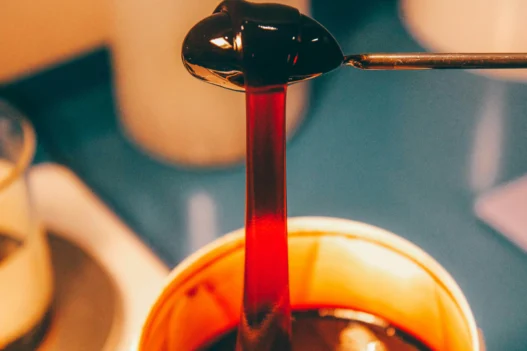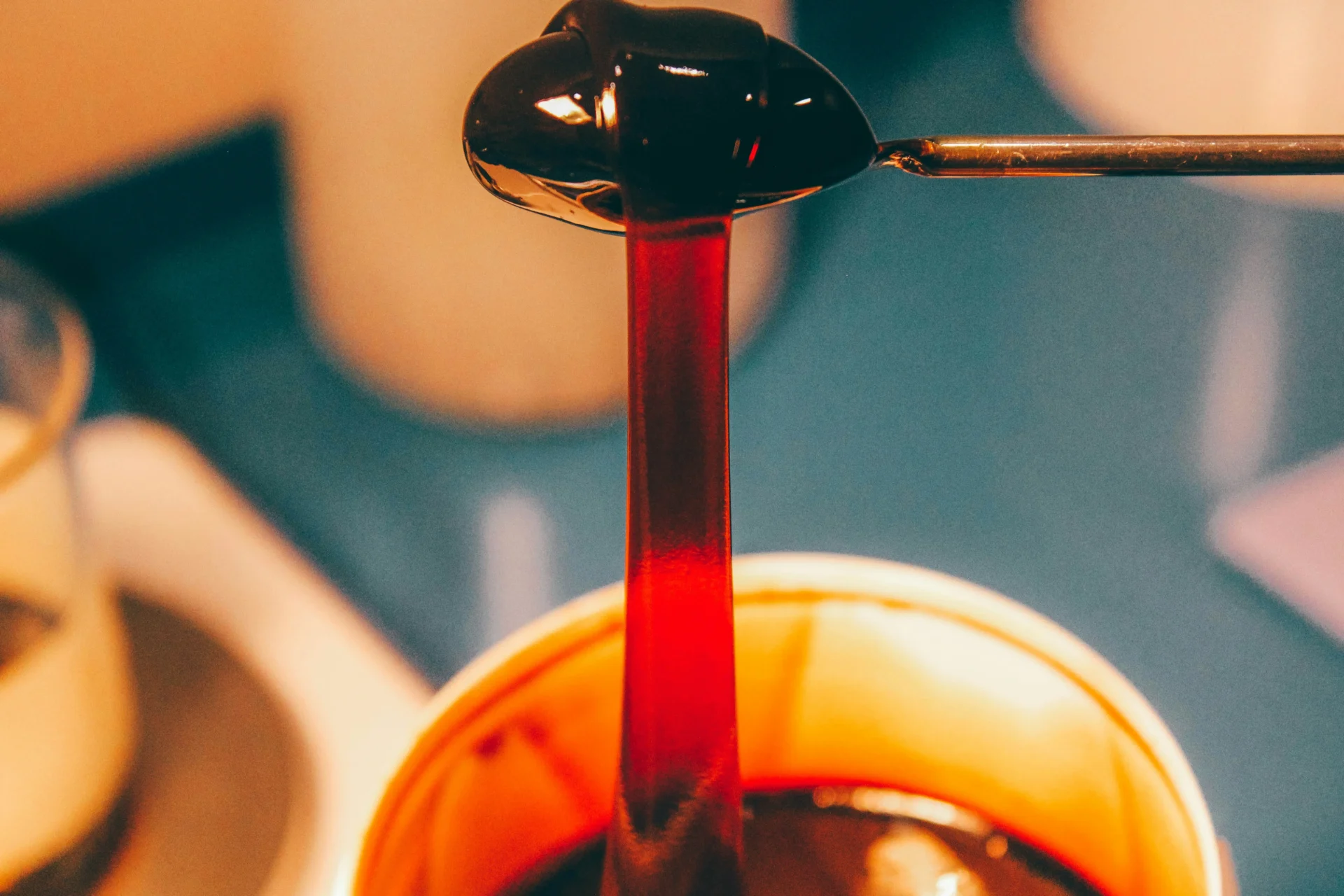o-Phthalaldehyde is a compound with significant relevance to everyday life as it is commonly used as a disinfectant and sterilizing agent in various industries, particularly in healthcare settings. Its strong antimicrobial properties make it an effective tool for sanitizing medical equipment, surfaces, and even drinking water. Additionally, o-Phthalaldehyde is used in the production of products such as adhesives, dyes, and plastics, further highlighting its importance in everyday applications.
Table of Contents:
- 💡 Commercial Applications
- ⚗️ Chemical & Physical Properties
- 🏭 Production & Procurement
- ⚠️ Safety Considerations
- 🔬 Potential Research Directions
- 🧪 Related Compounds
💡 Commercial Applications
O-Phthalaldehyde, also known as ortho-phthalaldehyde, finds widespread commercial and industrial applications due to its efficacy as a disinfectant, particularly in medical and laboratory settings. It is commonly used for sterilizing equipment, surfaces, and water systems due to its broad-spectrum antimicrobial properties.
In the pharmaceutical industry, o-Phthalaldehyde is utilized for its role as a reagent in the synthesis of various drugs and medications. Its ability to form stable, colored derivatives makes it useful for detecting amines, amino acids, and proteins. Additionally, o-Phthalaldehyde is used in the production of disinfectants and preservatives for pharmaceutical products.
O-Phthalaldehyde is also employed in the healthcare sector for disinfecting medical devices such as endoscopes and surgical instruments. Its fast-acting nature and effectiveness against a wide range of microorganisms make it a valuable tool for preventing infections and ensuring patient safety. Furthermore, o-Phthalaldehyde is used in research laboratories for sterilizing equipment and reducing the risk of contamination during experiments.
⚗️ Chemical & Physical Properties
o-Phthalaldehyde is a white crystalline solid with a distinct aromatic odor. The compound is commonly used as a disinfectant and chemical reagent in various industries due to its high efficacy in killing microorganisms.
With a molar mass of 134.13 g/mol and a density of 1.282 g/cm³, o-Phthalaldehyde is much heavier and denser than common food items such as water (molar mass of 18.015 g/mol, density of 1 g/cm³) and sugar (molar mass of 342.3 g/mol, density of 1.59 g/cm³).
o-Phthalaldehyde has a melting point of 28-30°C and a boiling point of 267°C. Compared to common food items like butter (m.p. 32-35°C, b.p. 150-200°C) and chocolate (m.p. 34-38°C, b.p. 110°C), o-Phthalaldehyde has a higher melting point and boiling point.
This compound is slightly soluble in water and has a relatively high viscosity. In comparison to common food items like salt (high solubility, low viscosity) and honey (high solubility, high viscosity), o-Phthalaldehyde exhibits lower solubility and higher viscosity in water.
🏭 Production & Procurement
o-Phthalaldehyde, a chemical compound commonly used as a disinfectant and in the synthesis of pharmaceuticals, is primarily produced through the reaction of o-Phthalic anhydride with ammonia, followed by oxidation to yield the desired product. This process typically occurs in a controlled laboratory setting using specialized equipment to ensure purity and efficiency.
The procurement of o-Phthalaldehyde can be achieved through various chemical suppliers and manufacturers who specialize in the production and distribution of high-quality chemicals. Once procured, the compound is typically transported in sealed containers or drums to prevent contamination and ensure safety during transit. Careful handling and storage of o-Phthalaldehyde is essential to maintain its quality and effectiveness for intended applications.
Upon arrival at its destination, o-Phthalaldehyde is typically stored in a controlled environment away from heat, moisture, and incompatible materials to prevent degradation and maintain its stability. Proper labeling and documentation are crucial to ensure safe handling and usage of the compound in accordance with regulations and best practices. End-users should follow specific guidelines and protocols for handling, storing, and disposing of o-Phthalaldehyde to minimize risks and ensure its efficacy in various applications.
⚠️ Safety Considerations
Safety considerations for o-Phthalaldehyde include its potential as a skin and eye irritant. Users should take precautions to avoid contact with the substance, as it can cause irritation upon contact. It is also important to handle o-Phthalaldehyde in a well-ventilated area to prevent inhaling harmful vapors.
Hazard statements for o-Phthalaldehyde include its classification as harmful if swallowed, toxic if inhaled, and causing severe skin burns and eye damage. It is also considered a respiratory irritant, and may cause respiratory irritation in some individuals. Users should take care to avoid ingestion, inhalation, and contact with skin or eyes when handling this substance.
Precautionary statements for o-Phthalaldehyde recommend wearing protective gloves, clothing, eye protection, and face protection when handling the substance. Users should also avoid breathing in vapors or mists, and should only work with o-Phthalaldehyde in a well-ventilated area. In case of skin contact, users should immediately rinse the affected area with water and seek medical attention if irritation persists.
🔬 Potential Research Directions
Research on o-Phthalaldehyde has primarily focused on its potential use as a fluorescent reagent for the detection of amino acids and proteins. Further investigations may explore its application in other analytical techniques, such as high-performance liquid chromatography, to improve sensitivity and selectivity in various chemical analyses.
Another promising research direction for o-Phthalaldehyde involves its potential role as a disinfectant or sanitizer due to its strong antimicrobial properties. Studies could assess its effectiveness in eliminating various pathogens and bacteria, as well as its compatibility with different surfaces and materials to develop new disinfection strategies.
Research may also investigate the development of novel o-Phthalaldehyde derivatives with enhanced properties, such as increased stability, water solubility, or improved reactivity. These modifications could lead to the discovery of new applications in fields such as pharmaceuticals, materials science, or bioconjugation chemistry, expanding the potential uses of o-Phthalaldehyde in various industries and research areas.
🧪 Related Compounds
One similar compound to o-Phthalaldehyde based upon molecular structure is terephthalaldehyde. Terephthalaldehyde is an aromatic compound with a similar chemical structure to o-Phthalaldehyde, containing two aldehyde functional groups attached to a central benzene ring. This compound is commonly used in the synthesis of various organic compounds due to its reactivity and ability to form stable complexes with metal ions.
Another compound with a molecular structure similar to o-Phthalaldehyde is isophthalaldehyde. Isophthalaldehyde is an aromatic compound containing two aldehyde functional groups attached to a central benzene ring, much like o-Phthalaldehyde. This compound is also utilized in organic synthesis reactions, particularly in the formation of polymers and pharmaceuticals.
A third compound that shares a molecular structure with o-Phthalaldehyde is terephthalaldehyde dimethyl acetal. This compound is a derivative of terephthalaldehyde, with two methyl groups attached to the aldehyde functional groups. Terephthalaldehyde dimethyl acetal is often employed in the modification of organic molecules to improve their solubility or reactivity in specific reactions.








